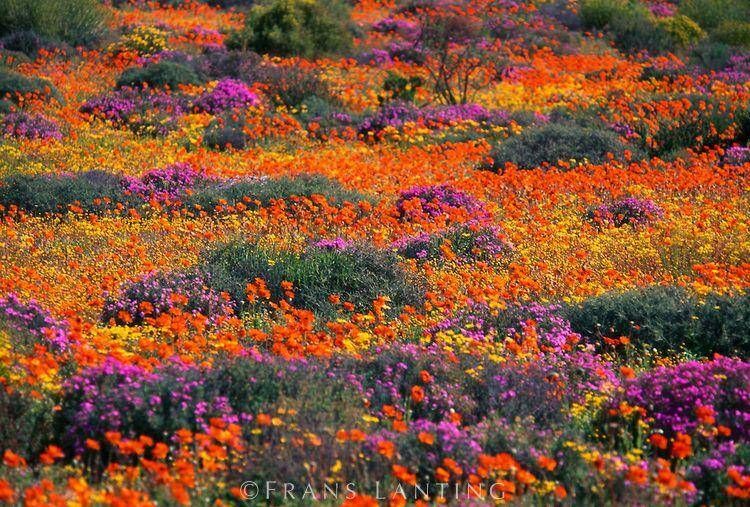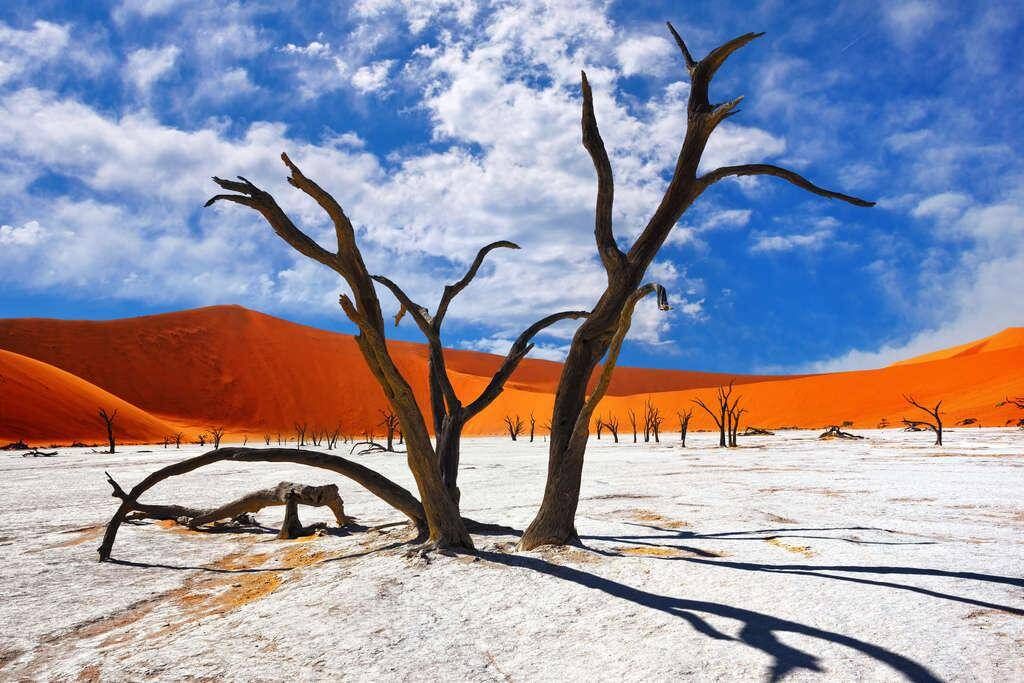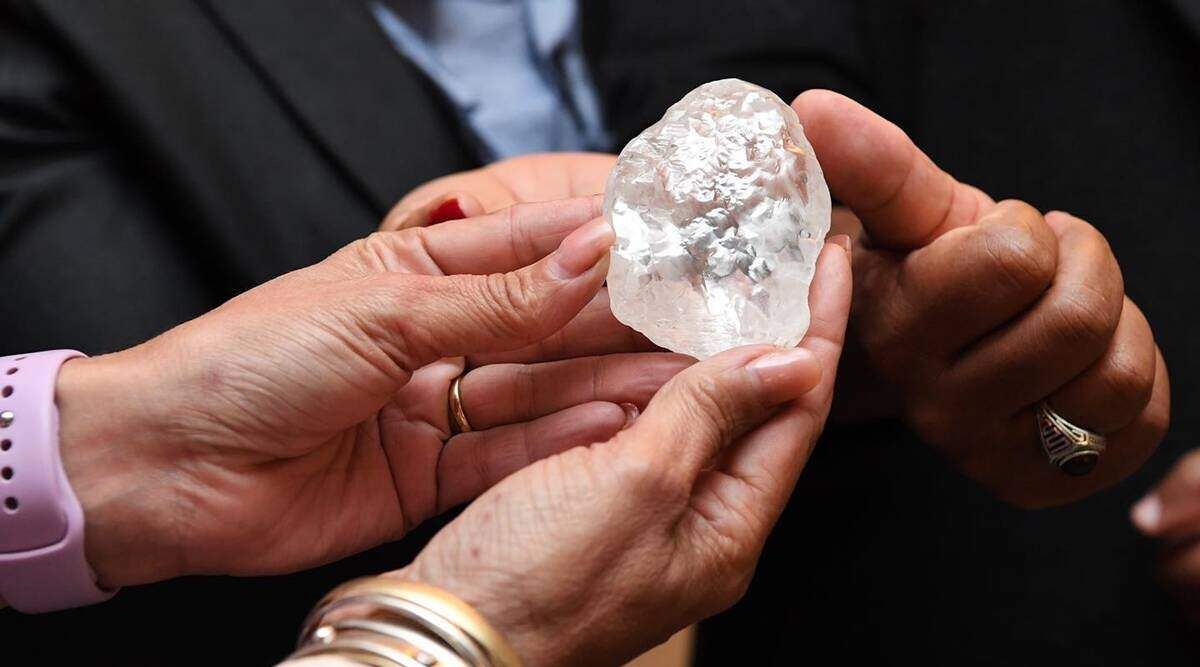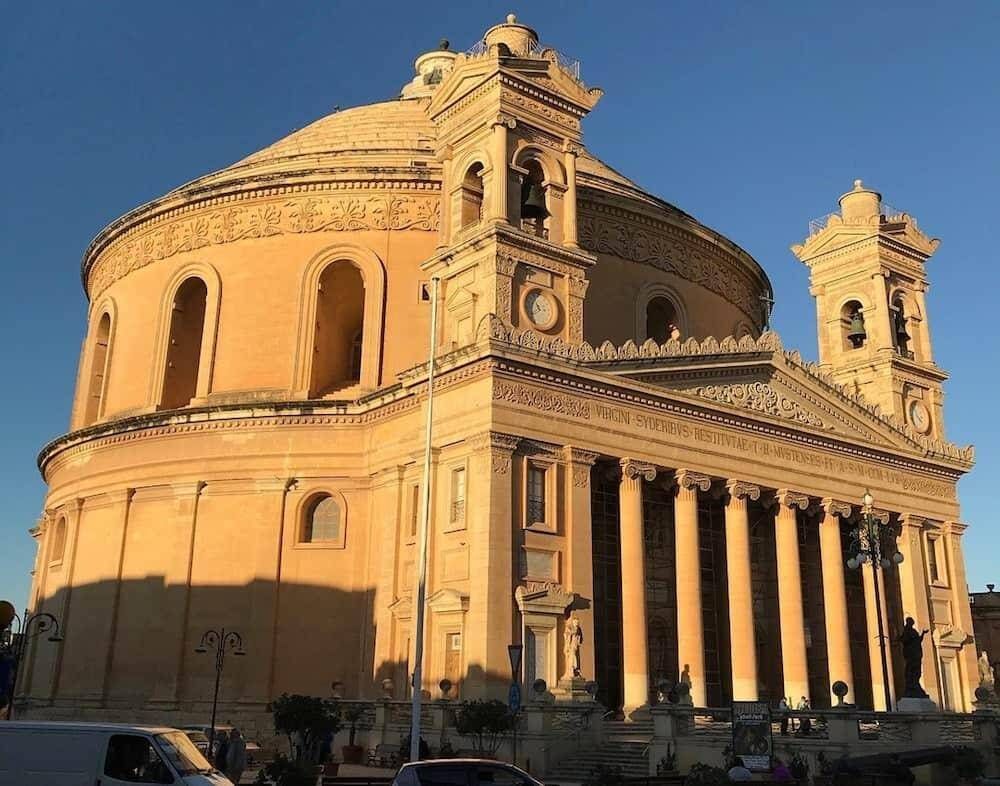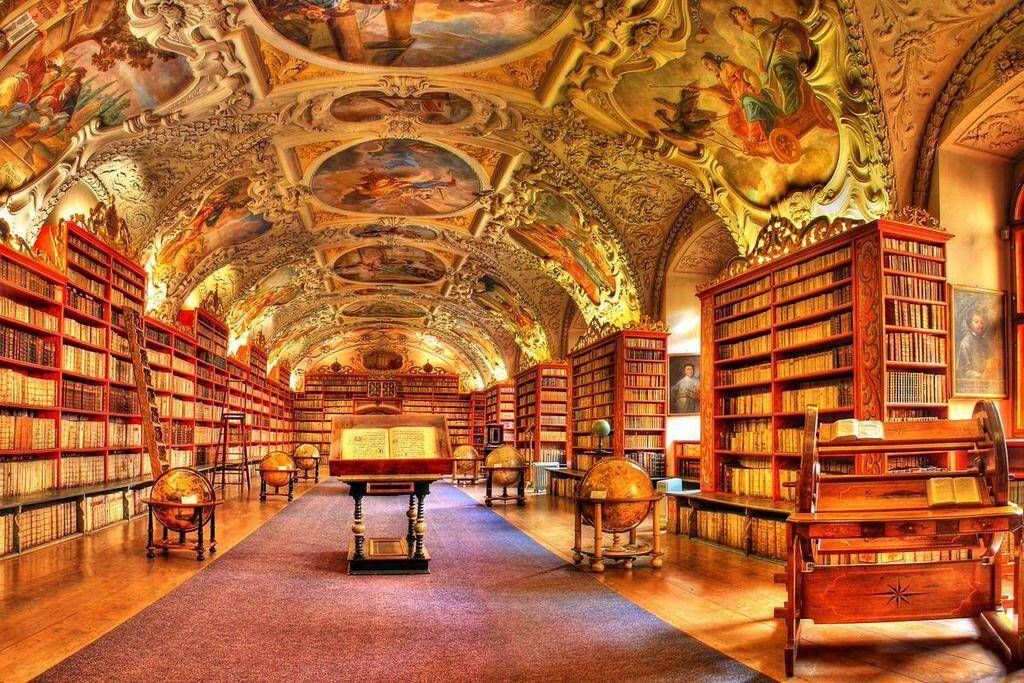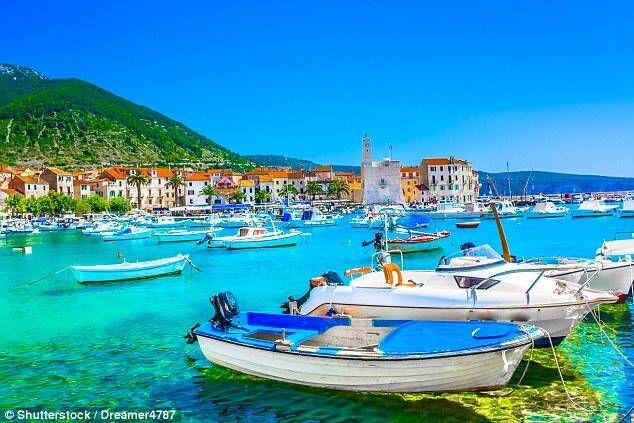Amazing travel fact Tunisia

Tunisia:
This beautiful place was used as a backdrop in the movies for Indiana Jones, Star Wars and The English patient, just to name a few.
Do you know where this is?
Tunisia in an area known as Tataouine.
If you are a fan of the Star Wars film series, then you are probably aware that main character Luke Skywalker hails from the planet of Tatooine, a dusty desert world inhabited by strange creatures and presided over by twin suns.
But you might not be aware that Tatooine is a real place, brought to life by real-world locations in Tataouine.
Although a few scenes set on Tatooine were filmed in Death Valley in the United States, the majority of desert scenes in the original Star Wars were filmed in Tunisia, with subsequent films in the series also returning to shoot footage in the country.
Many of the original sets used to film Star Wars in Tunisia still remain standing today and have become some of the most popular attractions for tourists in the country.

